White Lily Flour Self Rising Flour Biscuits
jerzeegirl (FL zone 9B)
5 years ago
last modified: 5 years ago
Featured Answer
Sort by:Oldest
Comments (28)
lizbeth-gardener
5 years agojerzeegirl (FL zone 9B)
5 years agoRelated Discussions
Corn Flour vs Brown Rice Flour
Comments (14)Oh, no! Bad sentence on my part. Southern California. We had a wonderful Syrian bakery that made brilliant pita. I still miss them. My heart breaks for what has happened there, but I've never been to Syria. You haven't said why you're eschewing "enriched flour" and don't need to, but white flour products are required by law to use vitamin enriched flour, and even most home baking white flour (bleached or unbleached) is enriched and has a little malted barley flour in it as well, which has a lot of an enzyme that's needed for rising. Unless you have a specific problem with one or more of the vitamins or the barley, the enrichment shouldn't be a problem. Maybe you're just concerned that there's white flour in there. White flour is often added to whole wheat flour to make the rise spongier. Sometimes vital wheat gluten is added to strengthen the gluten (the bran in the whole wheat can weaken or cut it). Wheat gluten can be isolated by hand by washing the wheat and kneading out the starch, and has been done for centuries, so it's not a weird industrial product. Anything that's made with white flour in the U.S. uses enriched flour. There may be some places that mill and sift their own flours that do not, but that's an extremely rare exception. Therefore, I would guarantee that the Lebanese pita are made with enriched flour. The thinner thing is probably a lack of leavening. Even in the Middle East, nowadays, the pita have leavening and are a bit spongy. That's not traditional. :) I haven't seen Kontos, and I'd guess it's an East Coast brand. I don't doubt that it's good! Whole Foods might be a better place to get 100% whole wheat, however, unless you can find a Middle Eastern or halal store where people are into the "new" kind of dietary laws (no white flour, pasture raise livestock, etc.). Maybe try stores near the colleges? College kids tend to be into better eating. Turlock is from California. I know they freeze to ship it to avoid preservatives, so you might find it there, but more likely the Whole Foods have something local. Good luck on your quest....See MoreWhite Lily flour is changing
Comments (13)Mary, Here's how to contact them. The White Lily Foods Company 4740 Burbank Road Memphis, TN 38118 The J.M. Smucker Co. 1 Strawberry Lane Orrville, Ohio 44667-0280 I still believe many voices can have an impact. Especially if they're voting with their pocketbook. By the way, The J. M. Smucker Company also has these brands: Domestic Adams After The Fall Borden EggNog Crisco Crosse & Blackwell Dickinson's Eagle Brand Eagle Brand Dessert Kits Hungry Jack Jif Kava Laura Scudder's Magnolia Martha White Mary Ellen Milnot Natural Brew None Such PET Pillsbury R.W. Knudsen Family Santa Cruz Organic Smucker's White Lily International Bick's (Canada) Double Fruit (Canada) Golden Temple (Canada) Red River (Canada) Robin Hood (Canada) Shirriff (Canada) Here is a link that might be useful: Contact White Lily...See MoreTypes of flour question
Comments (6)dedtired- Thank you for your kind words, but no, there's no blog or web site. I just hang out here and a couple other message boards, and food science is a long-time study and hobby of mine that is necessary as a Foods Judge at County Fairs. I have to be able to tell people what went right, wrong, or how to improve their skills and their finished products. Gold Medal All-Purpose flour is a mixture of hard and soft wheat. Hard wheat provides enough protein to make a fairly good loaf of bread, and soft wheat so you can make a fairly good quick bread - but it's not the optimal choice for much of anything other than soft dinner rolls. There are better flour choices for yeast and naturally-leavened bread, pizza crust, bagels, hard rolls, etc., and better choices when you don't want a lot of gluten development - pastry, cookies, quick breads, cakes.... It wasn't until the advent of the bread machine in the 1980's that things like "high-gluten bread flour" and "vital wheat gluten" were even heard of for home use. All we had was all-purpose and an occasional find of whole wheat flour or rye flour (usually sold by hippies in a dark little whole foods or health food store - LOL). So we can thank that industry for giving us a broader choice of flour products. Today I work from a variety of over 30 different grains/seeds/beans for milling into flour and incorporating in our diet. bbstx- I grew up in the middle of wheat fields, so it's not surprising your dad knew what his wheat would be used for. Yes, soft red wheat is used in cake flour and also suited for cookies and some pastries, but it's a completely different variety of wheat from durum wheat. Most of the durum wheat produced in the United States is grown in North Dakota (76%), and some in Montana, South Dakota, and Minnesota and it's primary use is in pasta/spaghetti/macaroni but it's also used to make puffed breakfast cereals and wheat germ. The bran and germ are removed and the endosperm is coarsely milled into semolina flour, which we use most often for making pasta, although I have a few favorite recipes where I add it to yeast breads, but I mill my own using whole grain durum. When you mill your own flour and you forget which variety of wheat (hard or soft) you milled, all you have to do is rub it between your fingers. Hard wheat flour is fairly gritty while soft wheat feels more like talcum powder. -Grainlady...See Moresouthern flour?
Comments (8)We all mourn the loss of White Lily flour - the original, made in TN. After the big-bad-corporation took them over, it's just not the same. If you could find Red Band, Martha White or Southern Biscuit Flour from Midstate Mills, these would be what I call southern flour brands. The southern soft spring wheat is used for cakes, muffins, biscuits, quick breads, scones, yeast rolls, etc. Hard winter wheat grown in the nation's bread basket is used for yeast breads that must be kneaded. Or....at least that's the way it was for many years. Perhaps you could use the cake flour and Gold Medal, half and half to see if that will give you the results you want? Teresa...See Morewritersblock (9b/10a)
5 years agolast modified: 5 years agoplllog
5 years agosleevendog (5a NY 6aNYC NL CA)
5 years agowar garden
5 years agowritersblock (9b/10a)
5 years agolast modified: 5 years agoplllog
5 years agowritersblock (9b/10a)
5 years agojerzeegirl (FL zone 9B)
5 years agojerzeegirl (FL zone 9B)
5 years agolast modified: 5 years agojerzeegirl (FL zone 9B)
5 years agochas045
5 years agolast modified: 5 years agowritersblock (9b/10a)
5 years agojerzeegirl (FL zone 9B)
5 years agolast modified: 5 years agochas045
5 years agojerzeegirl (FL zone 9B)
5 years agolast modified: 5 years agoUser
5 years agolast modified: 5 years agojerzeegirl (FL zone 9B)
5 years agoUser
5 years agolast modified: 5 years agoarkansas girl
5 years agoplllog
5 years agowritersblock (9b/10a)
5 years agojerzeegirl (FL zone 9B)
5 years agocloudy_christine
5 years agocatticusmockingbird
5 years agojerzeegirl (FL zone 9B)
5 years ago
Related Stories

WHITEDesigner Secrets: 10 Pros Share Favorite Off-White Paints
From creamy white to barely beige, these hues will warm up your room
Full Story
KITCHEN DESIGNHouzz Call: Tell Us About Your First Kitchen
Great or godforsaken? Ragtag or refined? We want to hear about your younger self’s cooking space
Full Story
MOST POPULARTrend Watch: 13 Kitchen Looks Expected to Be Big in 2015
3 designers share their thoughts on what looks, finishes and design elements will be on trend in the year ahead
Full Story
LIFESimple Pleasures: The Joy of Baking
Fill your house with a heavenly scent and your heart with cheer by making time to bake
Full Story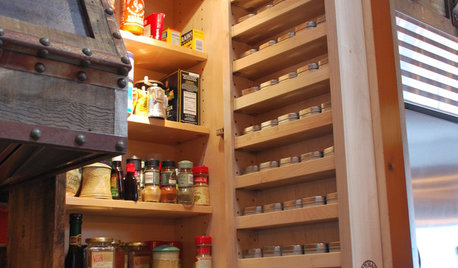
KITCHEN DESIGN7 Steps to Pantry Perfection
Learn from one homeowner’s plan to reorganize her pantry for real life
Full Story
MOST POPULAR6 Kitchen Flooring Materials to Boost Your Cooking Comfort
Give your joints a break while you're standing at the stove, with these resilient and beautiful materials for kitchen floors
Full Story
KITCHEN DESIGN11 Must-Haves in a Designer’s Dream Kitchen
Custom cabinets, a slab backsplash, drawer dishwashers — what’s on your wish list?
Full Story
FEEL-GOOD HOME12 Very Useful Things I've Learned From Designers
These simple ideas can make life at home more efficient and enjoyable
Full Story
KITCHEN DESIGN20 Kitchen Must-Haves From Houzz Readers
We asked you to tell us your top kitchen amenities. See what popular kitchen features made the list
Full Story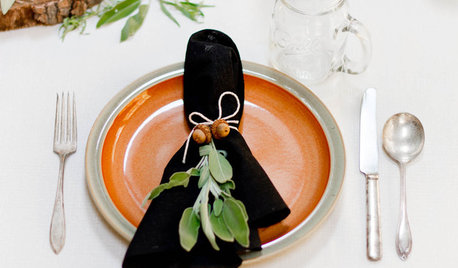
Sponsored



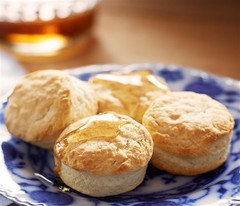
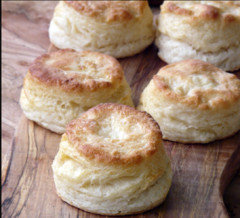
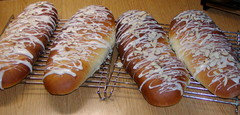
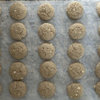
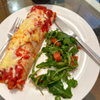
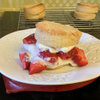
plllog